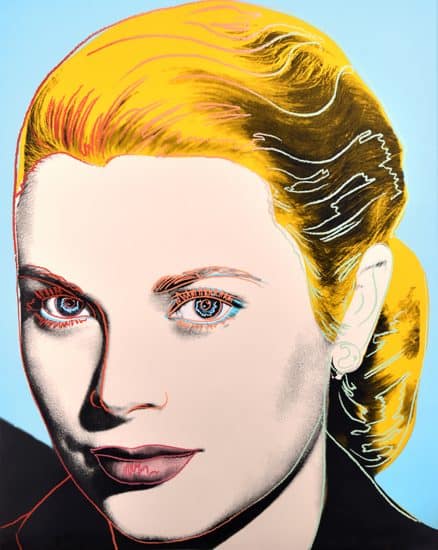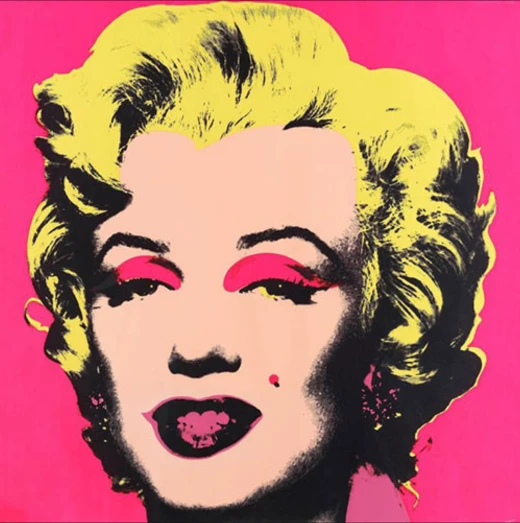Andy Warhol was a pioneer by many standards due to his love of experimentation. This past week Warhol’s experimentation took an interesting turn as it was revealed he created digital artworks, which were released for the first time in over 25 years. Among the rediscovered artworks are Campbell's Soup cans, self portraits, bananas, Marilyn Monroe, a version of Botticelli‘s The Birth of Venus that has been given a third eye, as well as doodles and camera shots of a desktop. The classic pieces in Warhol’s oeuvre reimagined in a new way, and released to a new world that is vastly different than the one they were created in.
Back in 1985, the Commodore Amiga computer company had commissioned Warhol to produce art using the Amiga 1000 in order to promote the new product. However the art that Warhol produced on the computer had never actually been shown except in a video of a news conference of Commodore Amiga’s launch. Displayed in this video is Warhol manipulating a digital image of Blondie singer Debbie Harry in remarkable Warhol style.
Everyone forgot about the project until 2011, when artist Cory Arcangel was browsing YouTube and saw the video. Intrigued, he contacted Tina Kukielski, a curator at Pittsburgh’s Carnegie Museum of Art who then reached out to the Andy Warhol Museum to see if they might have the files in their archive. The Museum did have the Debbie Harry digital image, but there were no other records of the artist’s forays into digital art.
A more thorough search uncovered the old Amiga computer and a number of floppy disks, but the Andy Warhol Museum did not have the necessary resources to uncover what was on them. With the help of the Frank-Ratchye Studio for Creative Inquiry at the Carnegie Mellon University Computer Club and three years of hard work, 18 files were recovered and converted, 12 of which the artist had signed. (If you want the more technical aspects, you can check out the report from the Studio for Creative Inquiry.)
A remarkable find for any artist’s oeuvre, but Warhol in particular as he had a willingness, unlike most artists, to embrace new media. If his digital artworks were any indication, his talent with technology would have been the same as his talents with screenprints and paintings had he not passed away a few years later. Nonetheless the artworks add a new appreciation for Warhol, showing that his interests when beyond pop culture, and he was ready to embrace the future.
The Warhol Museum filmed a documentary of the recovery that can be viewed here, nowseethis.org after May 10.
REFERENCES:




